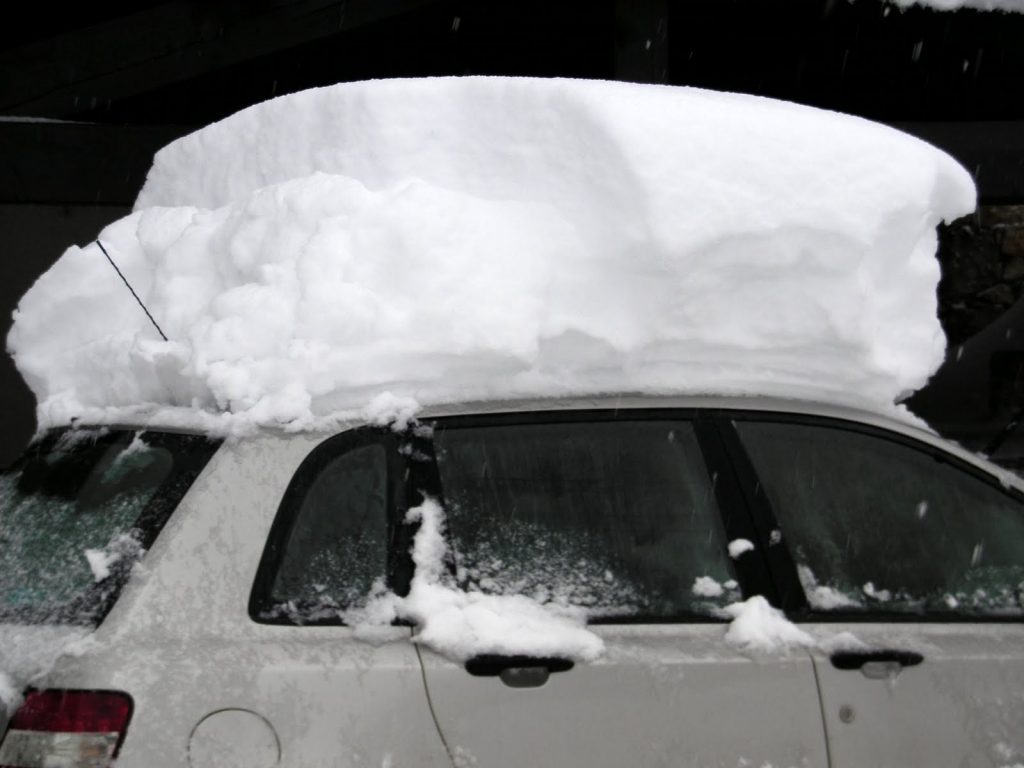The mountain was practically closed today – with only the nursery area open and the funiculair for a short period. Leonie found some good boots. Surprisingly it was the thoroughbred Nordica racing boot – the “Doberman” that was not only the most comfortable but completely sorted out all of Leonie’s stance and alignment issues automatically. It’s the first time I’ve been seen Leonie standing up and supporting herself and also the first time she has had a boot that will allow her to grip with the inside edge of the ski – stopping her knees from collapsing inwards.
Creating Angulation
The only technical work today was a brief spell with Leonie looking at how to orient the body correctly for angulation as required in both sideslipping and most turning. Yesterday we noted that Leonie tackled sideslipping with her bottom heading off downhill causing her skis to flatten. Correct angulation however is not quite as simple as just turning your bottom uphill. With Leonie’s improved stance with the better boots it was relatively easy to get her to stand up and tilt the upper body from the hips only – then to turn the upper body to face downhill by pivoting on the hip joint – thus creating an apparent angle at the hip when looked at in the direction of the skis (the direction they are pointing in). This angle is a major contributor to edge control – and motion of the centre of mass. The main reason Leonie has been unable to use her poles for pivoting is because of the absence of this “angulation”. Leonie found the correct stance for setting up angulation in only a few minutes but I don’t believe that this would have been possible even with hours of work in the old boots. Skiing requires the upper body to be perched on one hip joint at a time – and able to rotate on it. There is a slight flex so that the leg muscles relax with a more equal distribution of force over the hamstrings and quads. The upper body must tilt forwards slightly taking the pelvis along with it – so it feels like you are bending to look over a fence that you cannot touch and get quite near enough to see over (this may mean standing up on the toes). Finally there is a pull inwards of the adductors on the support leg to get the hip joint underneath the centre-of-mass and the opposite hip (and shoulder) is slightly raised. When posture and/or boots are all messed up this is neigh on impossible to explain – but can happen spontaneously when the conditions are approximately correct.
Driving down the mountain took 2hrs 30m – two avalanches blocked the road and had to be cleared by snowploughs. There were deep ruts in the ice on the road and further down the mountain the ruts had rivers of water flowing through them. Sitting behind a snowplough for part of the descent the cars coming uphill were being hit by a an oncoming bow wave of slush, water and ice from the plough – it was very, very messy. I was impressed by the handling of the little Peugeot with its two snowtyres.
One night’s snowfall!

